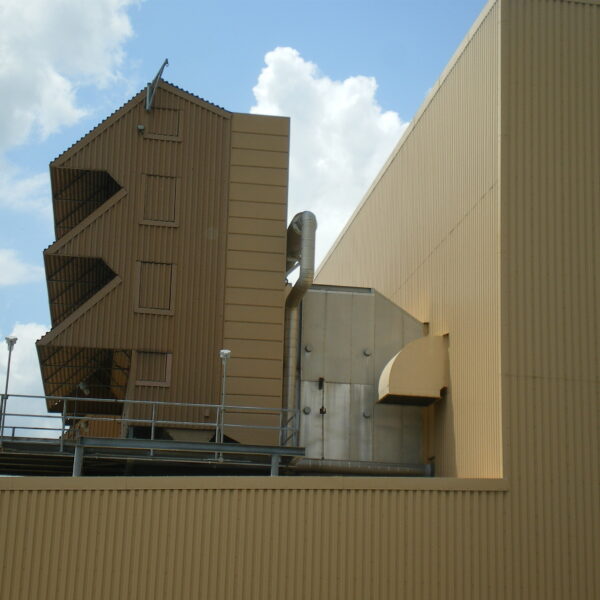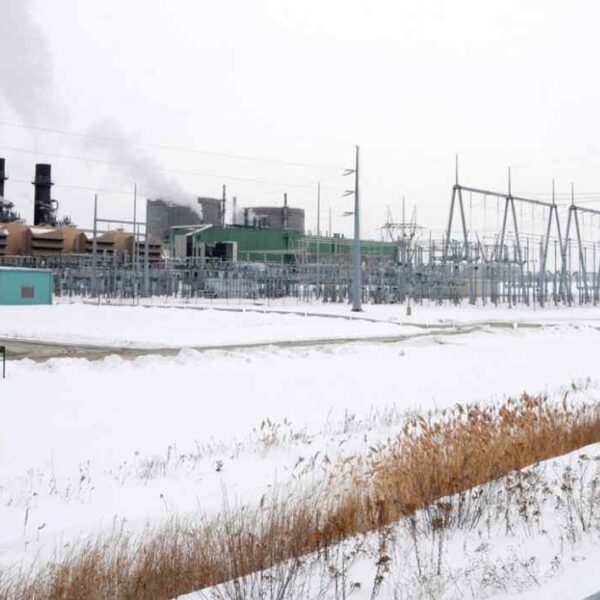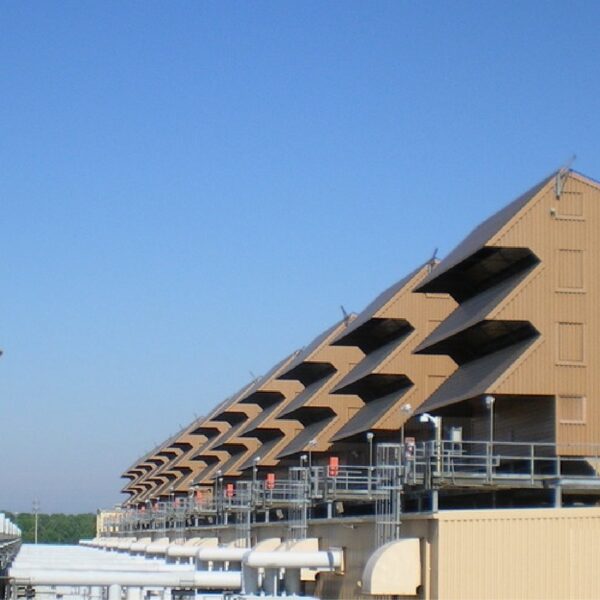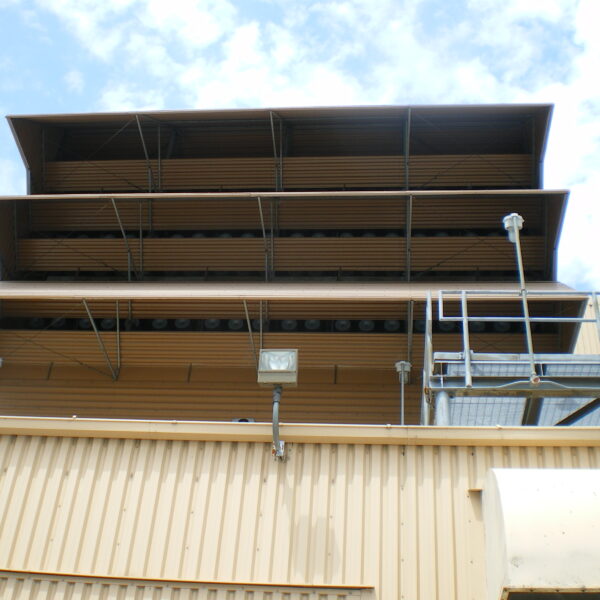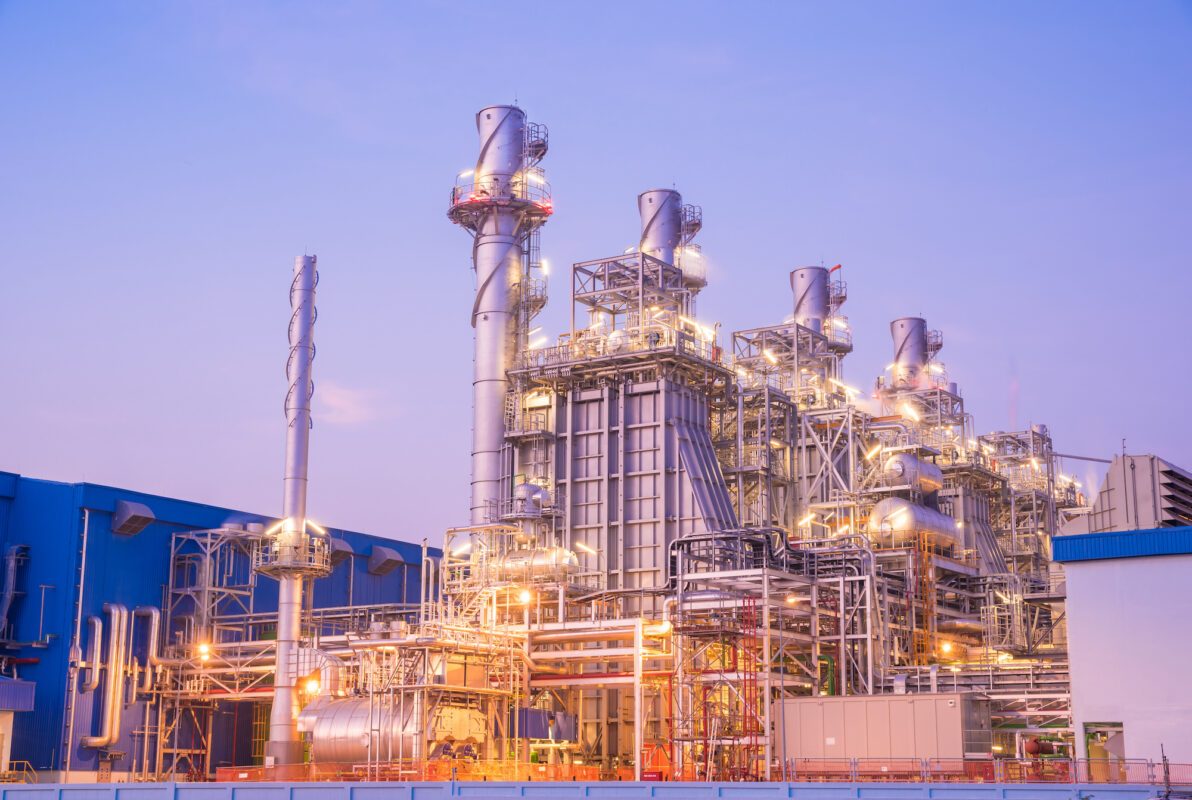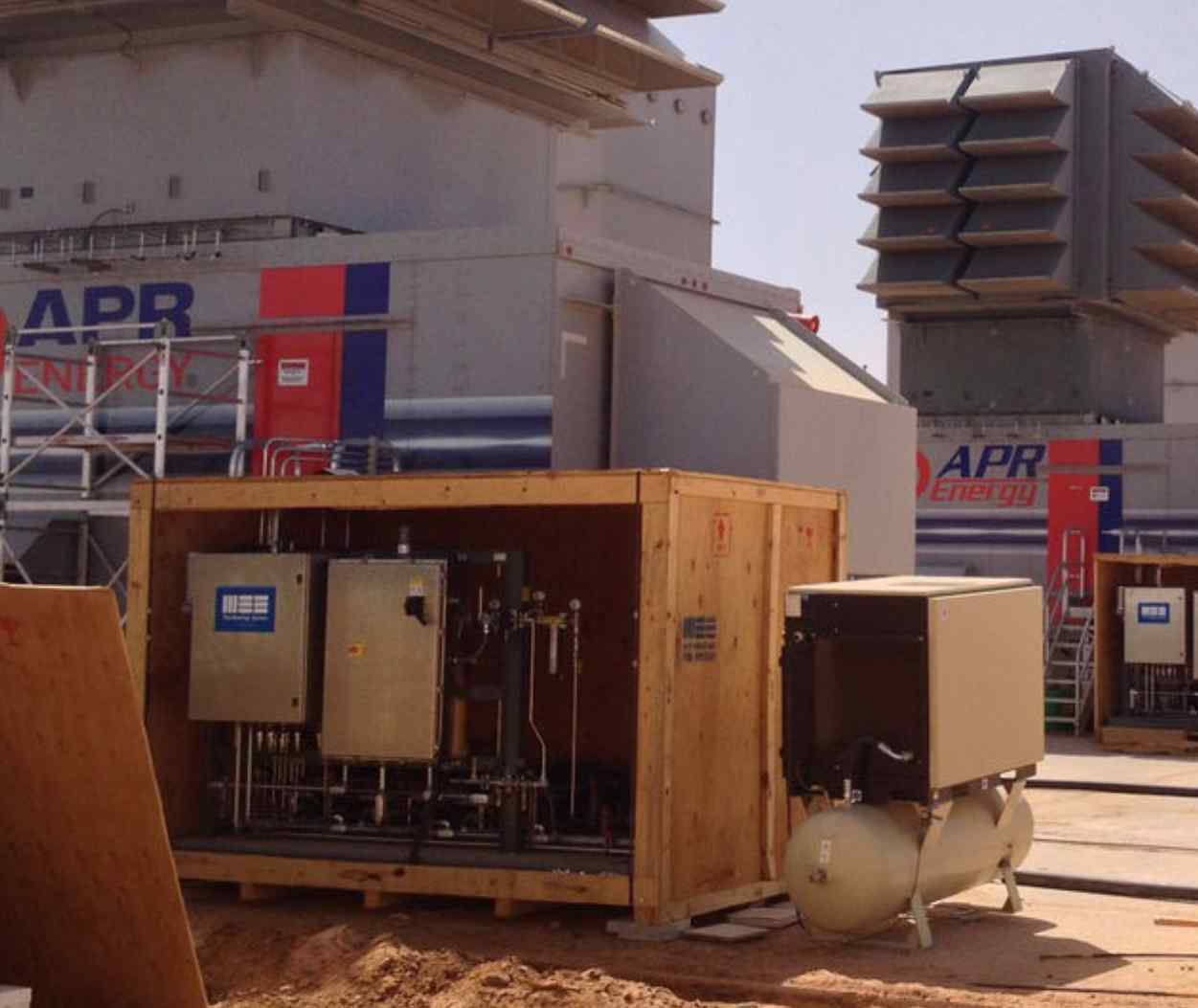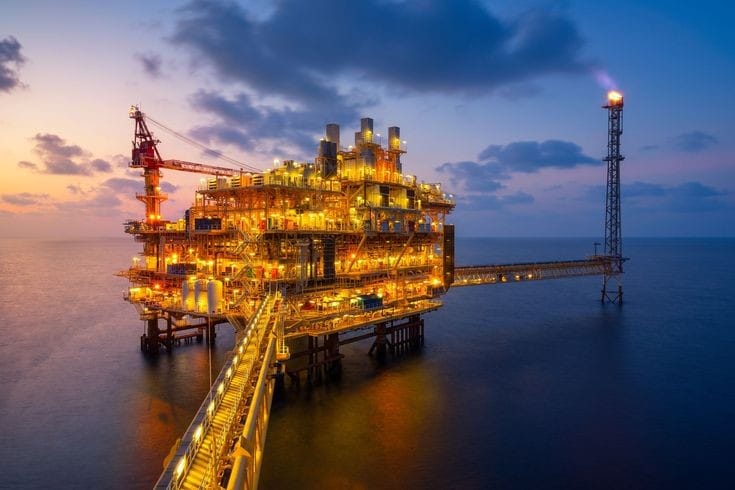MeeFog System Rapid ROI Pays for Additional Cooling Power
Gas Turbine Inlet Air Cooling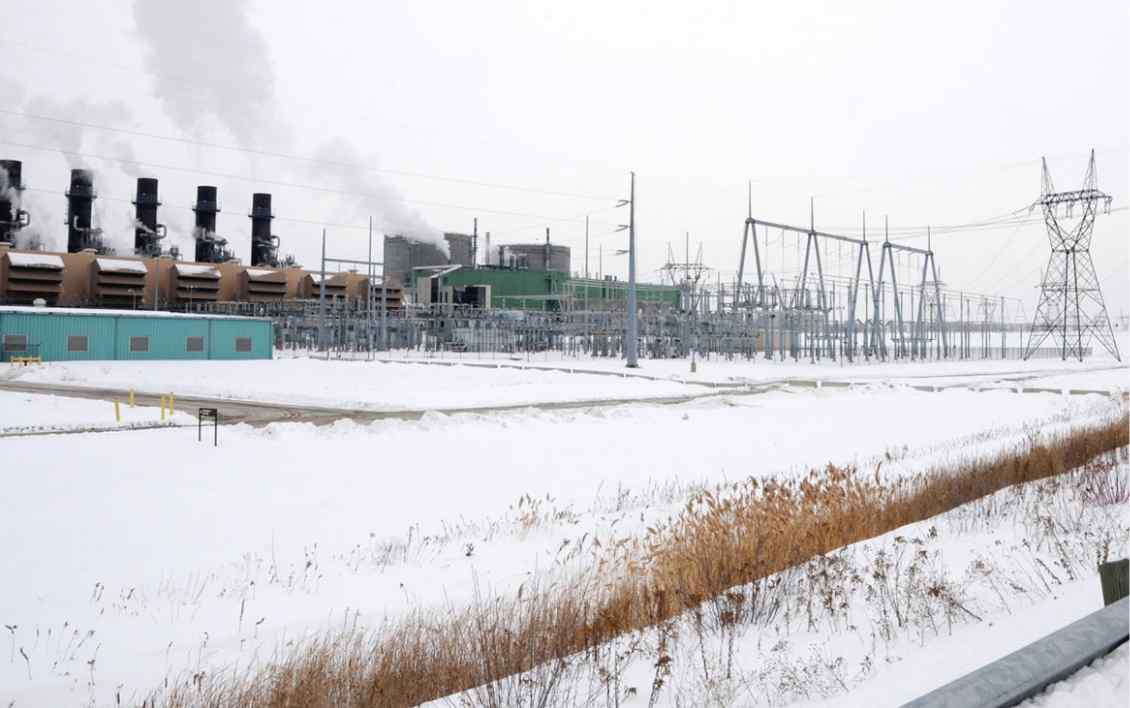
“We bought six units and used the cash generated from the increased production to buy six more.”
– Brian Vokal, MCV Engineering Manager
Midland Cogeneration Venture needed a cost-effective way to boost output at their facility. Mee Industries installed inlet air cooling systems to augment power production on six of their ABB11NM turbines. One year after the initial installation, Midlan Cogen’s Brian Vokal said the results obtained by the installation of MeeFog technology went far beyond expectations. “We are going to buy six more units using the cash generated.” Which is just what they did. As of the summer of 2011, MeeFog skids had been installed on all 12 of the plant’s gas turbines.
MCV’s core power generation equipment, among the most reliable technology in the industry, was built by ABB (now Alstom) and General Electric. The massive cogeneration facility is well-positioned to add efficient generation capacity necessary to meet the future needs of Michigan and to replace aging coal-fired generation facilities.
Midland Cogeneration Venture (MCV) was originally slated to house twin pressurized water nuclear reactors. Serious complications during construction of the facility- including poor soil compaction which led to the sinking and cracking of buildings, along with regulatory changes resulting from the 1979 Three Mile Island incident- caused the abandonment of plans for a nuclear facility. New plans called for the installation of twelve ABB 11N gas turbines with the first going commercial in 1991. The MCV turbines use Combustion Engineering heat recovery steam generators with Coen duct burners. There are also Indeck package boilers, one 15MW ABB VAX backpressure steam turbine and two GE steam turbines, although typically only one is run at any given time leaving the second turbine for use as a backup. MCV’s Engineering Manager, Brian J. Vokal, says the converted nuclear facility was originally going to have two nuclear units, but that the GTs only produced enough steam to run one steam turbine at a time. “We typically run all twelve gas turbines,” he says. “But can only run one steam turbine.”
Challenge:
To design the most economical and effective system to lower the temperature of the inlet air flow to gas turbines so as to increase the power output.
Solution:
Proprietary MeeFog systems were custom designed to allow for maximum power augmentation over a wide range of ambient temperature and humidity conditions. The MeeFog system achieved superior results with a very small parasitic load.
The Installation
In 2009 the Swedish firm EQT Infrastructure and its American partner, FORTISTAR bought MCV. One of the first priorities of the new owners was to generate additional cash flow by boosting output at the facility. The most cost-effective way to increase output was to use inlet cooling. Evaporative cooling and mechanical chilling technologies were both considered and carefully evaluated, but fog was eventually determined to be less costly than mechanical chilling when operating costs were taken into account. MCV chose Mee Industries to install the new system.
Mee Industries engineers calculated the increase in efficiency and output that could be expected in the MCV environment based on the number of operating hours. They also determined how much income would result from the increased production. “Mee had the largest installed base out of all the fogging manufacturers,” said MCV’s Vokal. “The new facility owners also have Mee systems installed in a couple of their other plants, so this was also done on their recommendation.”
Installation Gallery
Cost-Benefit Analysis
Statistics prove that cooling inlet air in gas turbine generators produces economical results. Because a combustion turbine’s output is dependent on the mass of the air being moved through it’s compressor, and because the volume per revolution is fixed by a turbine’s design, lowering the air temperature increases the air density and thereby increases its power output. Cooler air is also easier to compress, requiring less power and lowering the parasitic load of the compressor unit.
High pressure fogging systems allow for the ultra fine control of temperatures over a wider range of temperature and humidity conditions. Fog is the only solution that has almost zero parasitic load. In fact, the power gain that results from the use of fog cooling can be further boosted by wet compression or intercooling. This technology allows for the injection of water into the compressor, which decreases the amount of energy used during the compression process. This can add as much as 10% power output.
Project Conditions:
Location: Midland, Michigan
Hot day conditions: 90° F and 40% RH Elevation: 636 Feet
Max power boost per GT: 12 MW
Mee’s scope of work: Supply of fog pump skid, nozzle manifolds, and supervision of installation and commissioning.
Fog Skid Design:
Cooling Stages: 7
Cooling Capacity: 29° F
Operating Pressure: 2,000 psi
Fog Droplet Size: 8 microns (SMD)
MeeFog Nozzle Count: 726 Max.
Water Flow: 33 gpm
Max. Power Requirement: 55 HP
“Mee had the largest installed base out of all the fogging manufacturers,” said MCV’s Vokal. “The new facility owners also have Mee systems installed in a couple of their other plants, so this was also done on their recommendation.”
Learn More
Want to learn more about successful Mee Industries’ gas turbine fog cooling systems installation projects and case studies?

